14 Sports Equipment Fails That Made ’70s Games Way Too Dangerous
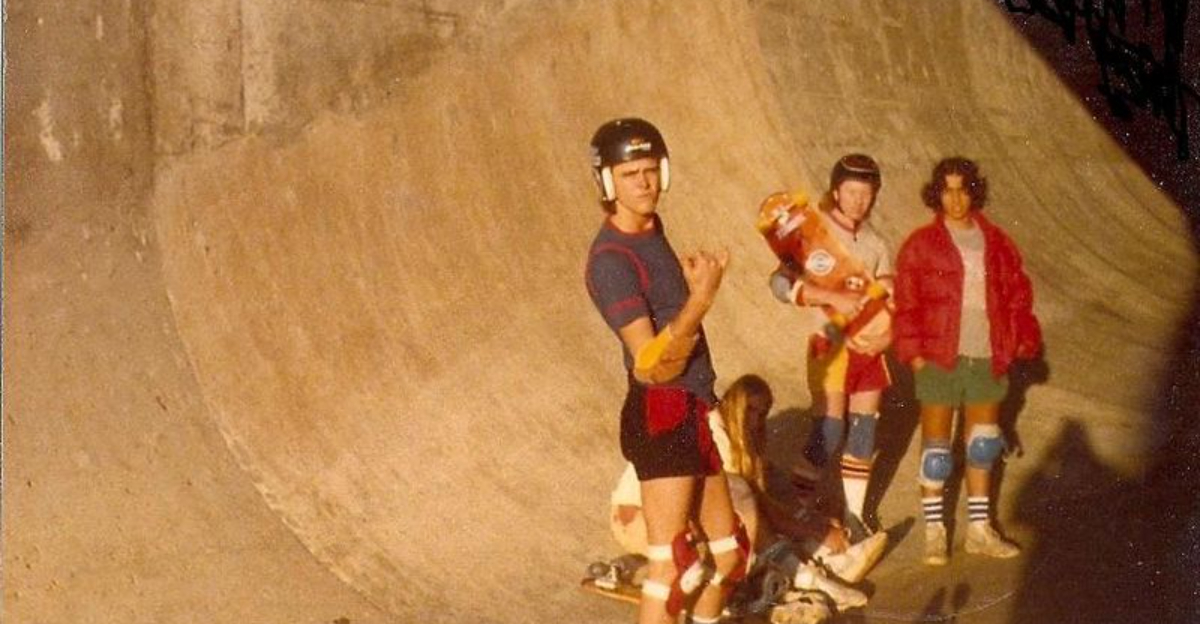
Growing up in the ’70s, I witnessed firsthand how sports equipment from that era was basically an accident waiting to happen. Safety standards? More like vague suggestions that manufacturers seemed to ignore with a wink and a nod.
We rode metal-wheeled skateboards that shook like jackhammers on every crack in the pavement, zoomed down hills on bikes with zero protective gear, and played contact sports with little more than hope and a headband.
Helmets were optional, pads were rare, and adult supervision was practically nonexistent. Looking back now as a parent, I’m honestly amazed we survived at all. Those so-called sporting goods were more like childhood death traps wrapped in bright packaging. And yet, somehow, we made it—scraped knees, bruised elbows, and all—thinking it was just another great day of play.
1. Lawn Darts: The Original Backyard Missiles
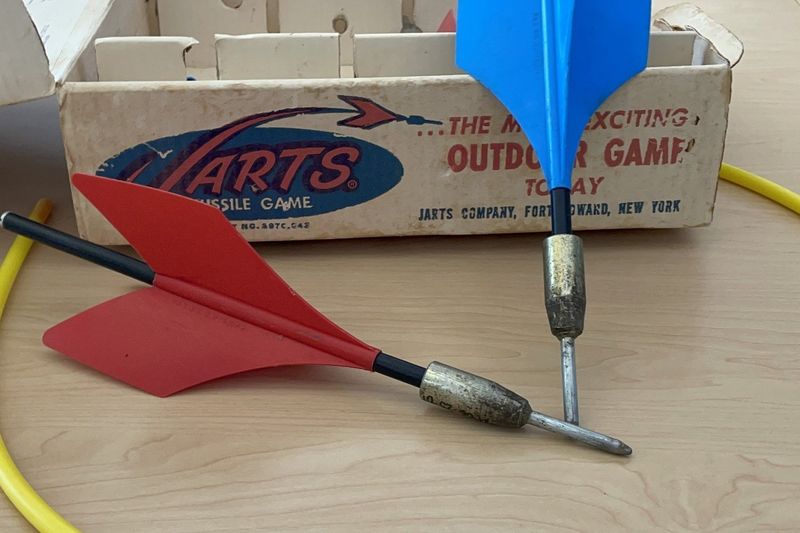
My uncle Frank brought lawn darts to our family reunion in ’76, and within ten minutes, my cousin was in the ER. These foot-long metal spikes with plastic fins could penetrate a quarter-inch of plywood—or a human skull—when thrown skyward.
The concept was simple: toss weighted darts toward plastic rings on the ground. The execution? Pure mayhem. Parents casually sipped Tab while children hurled literal weapons across yards nationwide.
After thousands of injuries and several deaths, the Consumer Product Safety Commission finally banned them in 1988. Modern versions use rounded plastic tips, but nothing matches the adrenaline rush of dodging actual missiles during a supposedly friendly game.
2. Clamp-On Roller Skates: Ankle Destroyers

Remember those metal death traps that attached to your regular shoes? I sure do—my first pair left me with scars I still have today. These adjustable nightmares featured a metal sole plate, leather straps, and wheels that locked up faster than a startled armadillo.
The “one-size-fits-all” approach meant they actually fit nobody properly. They’d constantly slip off mid-stride, sending kids face-first onto concrete. The skate key—essential for adjustments—was perpetually missing when needed most.
The worst part? Those metal wheels that transmitted every pebble, twig, and sidewalk crack directly into your ankles. Modern roller skates with their padded boots and smooth bearings can’t hold a candle to the character-building pain these monstrosities provided.
3. Trampoline Death Pits
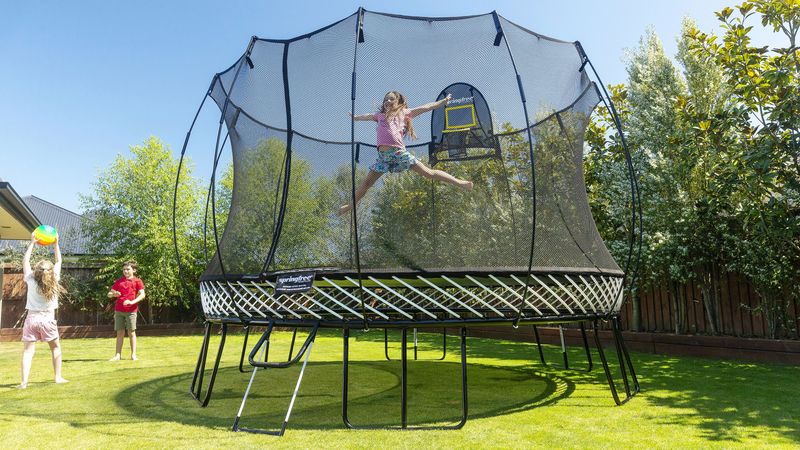
Ah, the classic ’70s trampoline—a hospital visit masquerading as backyard fun! Unlike today’s safety-conscious versions, these bouncy deathtraps featured exposed springs that could snag fingers, hair, and clothing with gleeful abandon.
The real kicker? Zero safety nets or padding. My neighbor Tommy once bounced clear off his trampoline and landed in his mother’s prized rosebushes. We considered it a successful afternoon if nobody needed stitches.
The metal frame sat directly on the ground, creating the perfect spot for small children to get squished when jumpers landed too close to the edge. Parents would encourage “double bouncing”—launching smaller kids into low earth orbit—completely unaware of potential spinal compression injuries. Those were simpler, more orthopedically challenging times.
4. Concrete Skatepark Nightmares
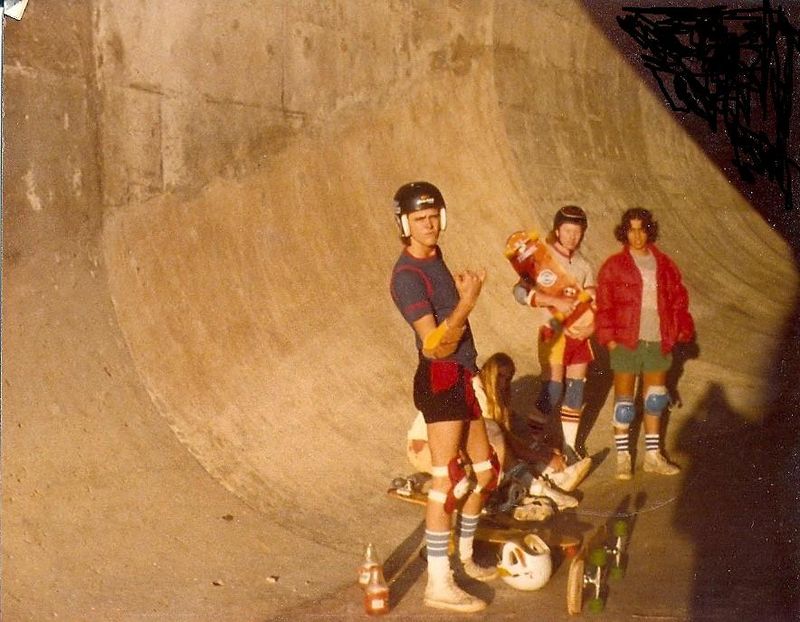
Skateboarding in the ’70s was like voluntarily entering a concrete cheese grater wearing nothing but Dolphin shorts and tube socks. I still have a perfectly L-shaped scar on my elbow from Lakewood’s infamous “Suicide Bowl.”
Early skateparks featured vertical drops, bone-dry swimming pools, and razor-sharp coping—all designed by people who apparently hated children. Helmets? Optional. Knee pads? For sissies. The surfaces were rough enough to remove several layers of skin with just one minor fall. The skateboard designs themselves weren’t much safer.
Those clay wheels turned into uncontrollable death slides at the merest hint of moisture, while the super-flexible decks would suddenly snap mid-air, sending riders into unplanned flight patterns. Yet somehow, we kept coming back for more punishment day after day.
5. Metal Baseball Bats With No Grip
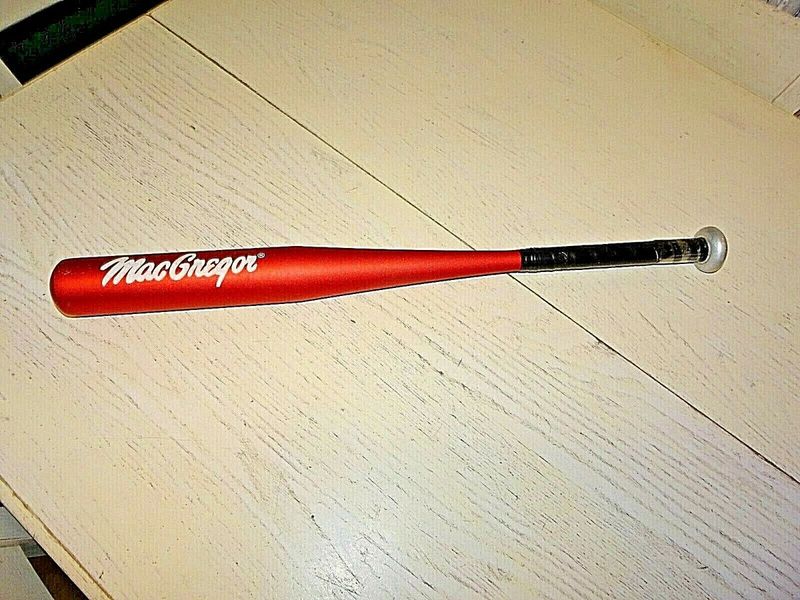
Swinging my first aluminum bat in little league felt like trying to control a lightning bolt. These hollow metal tubes transformed America’s pastime into a game of Russian roulette for infielders and pitchers alike. Early aluminum bats featured minimal grip tape, which promptly unraveled after a few swings.
Combine that with sweaty palms, and you’ve got projectile weapons being launched randomly around the diamond. The vibration from a poorly hit ball would send shock waves up your arms that made your fillings rattle.
Worst of all was the weight distribution—wildly inconsistent and unpredictable. Kids would swing and pirouette like drunken ballerinas, occasionally making contact with the ball but more often with their teammates’ heads. Yet coaches would just yell “Walk it off!” when someone took an aluminum missile to the noggin.
6. Unpadded Football Helmets
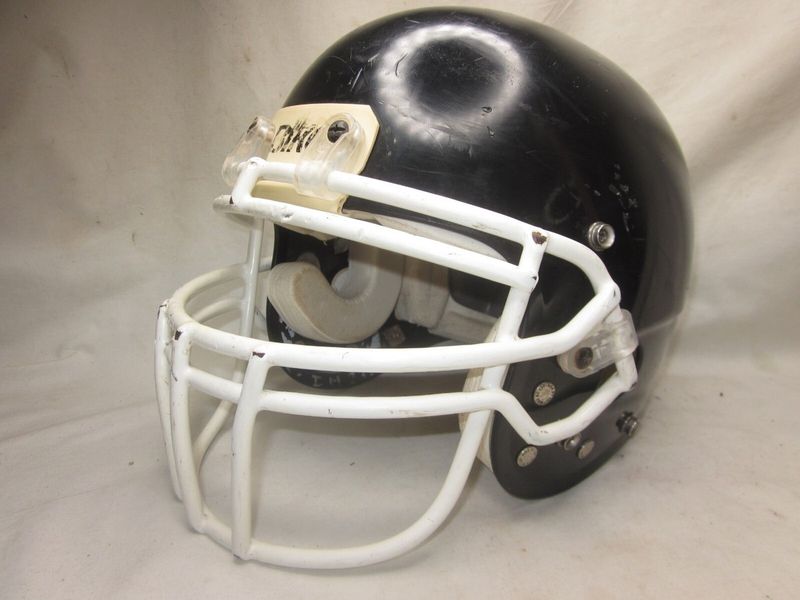
Playing junior football in 1974, I wore what was essentially a thin plastic bowl with a flimsy face mask. These helmets protected your skull about as effectively as a paper hat from Burger Chef. The padding inside consisted of thin foam that compressed to nothing after a few hits.
Some helmets featured suspension systems—basically leather straps that left distinctive waffle patterns pressed into your scalp after games. Concussion protocols? The coach would hold up two fingers and ask how many you saw.
If you were conscious enough to answer, back in you went. Face masks were minimal—single or double bars that offered your teeth and nose token protection at best. When helmets collided, the crack echoed across neighborhoods like summer thunder. Yet somehow we considered ourselves safer than the leather-helmet generation before us. Progress is relative, I suppose.
7. Murderously Heavy Medicine Balls
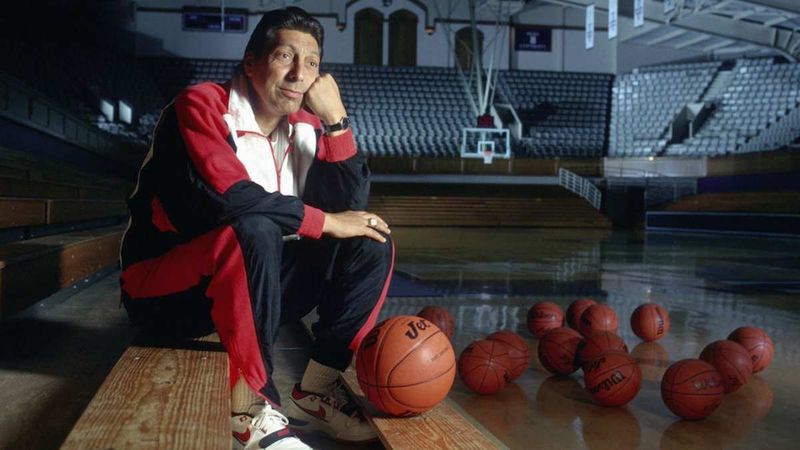
Coach Barker’s idea of “building character” was making seventh graders throw 12-pound leather medicine balls at each other’s stomachs. These prehistoric fitness tools—essentially bowling balls wrapped in cracked leather—were supposedly good for us.
The ancient beasts lived in gym storage closets, developing their own unique mildew-and-sweat perfume over decades. When thrown, they moved with the speed of continental drift but the impact force of a minor car collision.
Catching one wrong could break fingers or knock the wind out of you so thoroughly you’d question whether breathing was ever coming back. The leather covering eventually wore away, exposing rough seams that would scrape your arms raw during wall exercises. Still, there was something satisfying about the hollow “thunk” when you managed to nail your gym class nemesis square in the chest during “team building” activities.
8. Gymnastics Equipment From The Stone Age
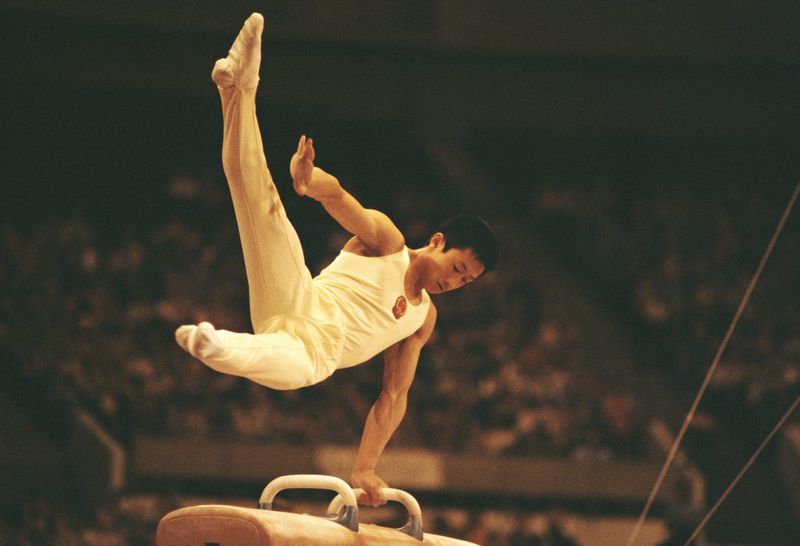
My elementary school gymnasium might as well have been a medieval torture chamber. The balance beam? A splintery wooden plank elevated four feet off the ground with zero padding below. I still remember Cindy Matthews falling and getting a sliver the size of a toothpick in her thigh.
The vaulting horse featured cracked leather covering with horsehair stuffing poking through like some taxidermy experiment gone wrong. Landing mats were barely an inch thick, offering all the cushioning of a grocery store flyer.
The uneven bars would wobble ominously, held together with duct tape and prayers. Most terrifying were the climbing ropes that hung from the ceiling like executioners’ tools. Made from rough hemp that shredded palms, they swayed unpredictably while coaches shouted encouragement like “Pain is weakness leaving the body!” Ah, the character-building days before liability insurance ruined everything.
9. Ankle-Breaking Platform Tennis Shoes
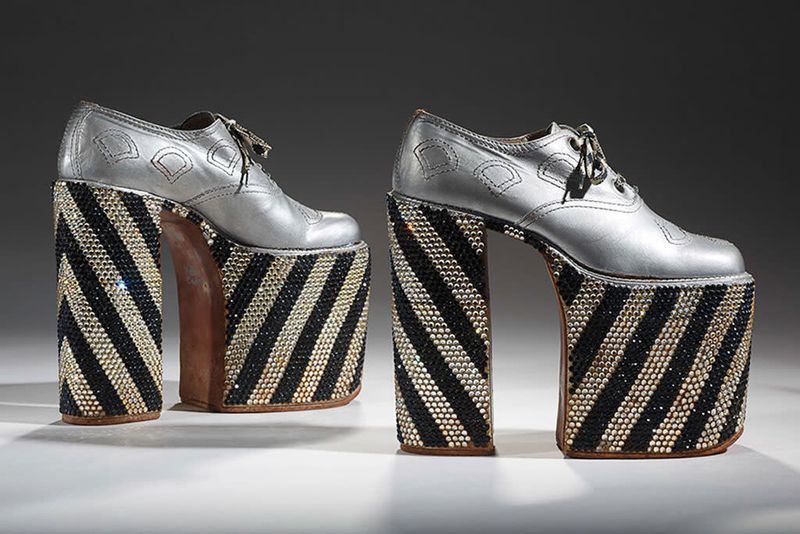
Platform tennis shoes were the bell-bottoms of the sports world—stylish but spectacularly impractical. My first pair of blue suede platforms made me three inches taller and 100% more likely to face-plant on the court. These architectural marvels featured two-inch foam soles that compressed unevenly, creating a walking experience similar to navigating a ship during a storm.
The lack of ankle support meant sprains were practically guaranteed. I once watched my doubles partner’s ankle bend at an angle that haunts me to this day. Despite being marketed for tennis, these shoes were useless for actual play.
The elevated height meant your center of gravity was somewhere near your earlobes. The tread pattern wore down almost immediately, transforming court surfaces into impromptu slip-and-slides. Yet somehow, looking cool while getting injured seemed like a reasonable tradeoff in the fashion-forward ’70s.
10. Archery Sets Without Safety Features
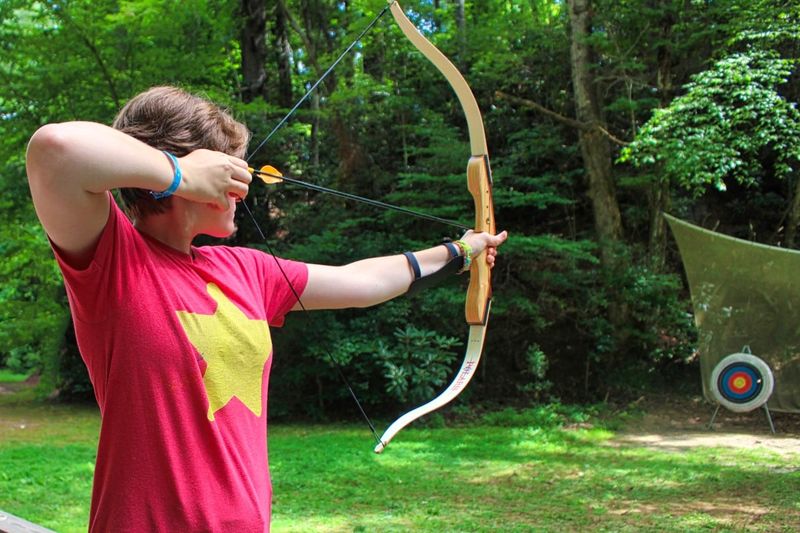
Santa brought me an archery set for Christmas ’75 that would make modern parents faint. The bow—a genuine wooden recurve with serious pull strength—came with metal-tipped arrows sharp enough to pierce small game. No safety releases, no finger guards, no supervision required! Target practice in our suburban backyard meant arrows sailing over fences when we inevitably missed the flimsy target.
The arm guard was a joke—a thin piece of plastic that cracked after a week, leaving forearms covered in string burns and bruises. The instructions suggested a proper backstop to prevent arrows from disappearing into neighboring yards.
Dad’s solution? An old mattress propped against the garage. When mom discovered arrow holes in her garden gnomes, the set mysteriously “got lost” during spring cleaning. Looking back, she probably saved the neighborhood from certain catastrophe.
11. Deadly Diving Boards
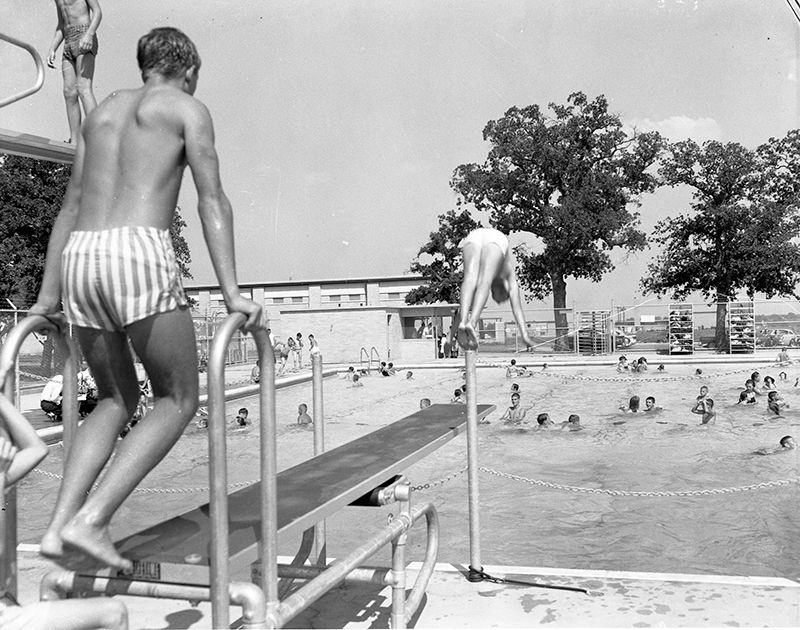
The high dive at Ridgewood Pool was basically a wooden plank of doom suspended ten feet above shallow water. Unlike today’s carefully calibrated diving equipment, these springboards had the predictability of a caffeinated squirrel.
The surface featured a sandpaper-like coating that ripped the skin from your feet if you didn’t hit it just right. Some genius decided to paint them dark green, making them approximately one million degrees in the summer sun. Many an unsuspecting kid performed an impromptu fire dance after stepping barefoot onto that scorching surface.
The real danger came from their inconsistent spring tension. One bounce might barely move, while the next would launch you into an unplanned aerial maneuver. Add slippery water and the concrete pool edge just inches away, and you’ve got a perfect recipe for emergency room visits that punctuated every summer of my childhood.
12. Questionable Hockey Goalie Masks

My first goalie mask looked like something from a budget horror film—a molded fiberglass face shield with air holes that seemed designed to guide pucks directly to your eyeballs. Jason Voorhees would’ve rejected it for being too unsafe. These early masks offered the bare minimum of protection, with thin padding that compressed after a few solid hits.
The straps consisted of elastic bands that stretched out faster than my mom’s patience on long car trips. Once loose, the mask would shift during play, creating exciting moments when you’d temporarily lose vision while 90-mph slap shots headed your way.
The worst part was the fogging issue. Without proper ventilation, your breath would create an impenetrable mist inside the mask. Goalies had to choose between removing the mask to see (risking dental reconstruction) or playing blind. Character-building choices for children, really.
13. Splinter-Factory Wooden Tennis Rackets
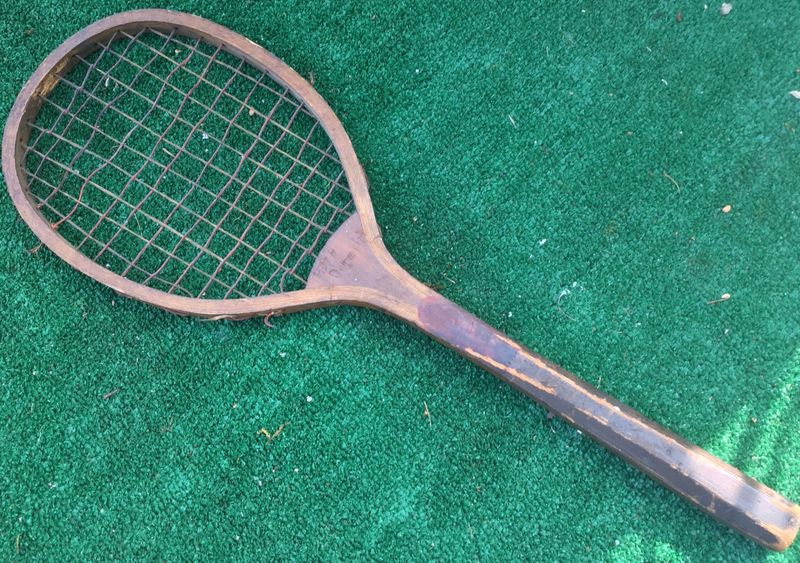
Swinging my first wooden tennis racket felt like wielding a medieval weapon. These laminated lumber clubs—with actual strings made from actual cow intestines—were about as technologically advanced as a stone wheel. The wooden frames warped at the mere suggestion of moisture, creating bizarre playing angles that made consistent shots impossible.
The thin leather grip wraps unraveled faster than conspiracy theories, leaving bare wood to create blisters that would make a longshoreman wince. I still have a splinter scar on my palm from an enthusiastic forehand in ’78. Most dangerous were the flying fragments when rackets inevitably cracked or shattered.
Nothing quite matched the excitement of watching your opponent dodge wooden shrapnel mid-rally. When aluminum rackets arrived, we scoffed at their lightness and flexibility—real tennis players apparently preferred sports equipment that doubled as workout weights.
14. Rusty Monkey Bars Over Concrete
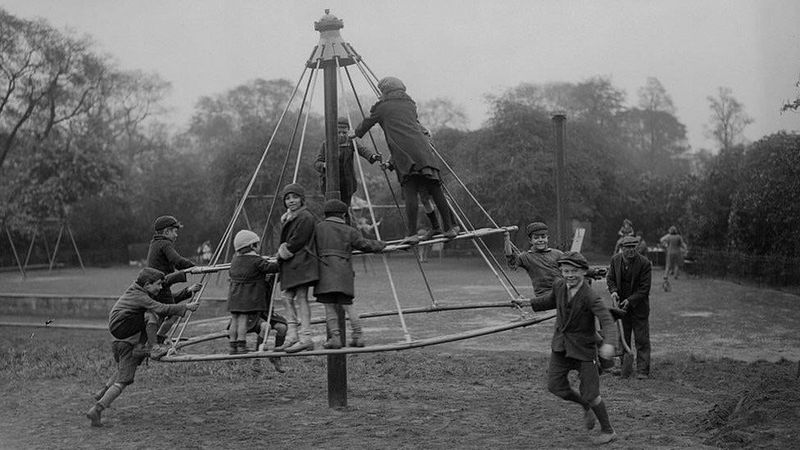
The playground at Jefferson Elementary featured what we affectionately called “The Tetanus Tower”—a rusted jungle gym that rose a full 12 feet above solid concrete. No rubber mats, no wood chips, just hard-packed dirt that transformed to mud or ice depending on the season.
The metal bars, exposed to Michigan’s punishing weather cycles, developed razor-sharp rust patches that could shred skin faster than mom’s cheese grater. We considered torn palms and orange-stained hands badges of honor.
The crossbars wobbled ominously, having loosened over decades of children swinging like deranged monkeys. Most baffling was the design—impossibly wide spacing between bars that required Olympic-level stretching for smaller kids. “It builds character,” our gym teacher would say, watching first-graders dangle perilously. Somehow, despite daily injuries, nobody thought to question this approach to childhood recreation.
